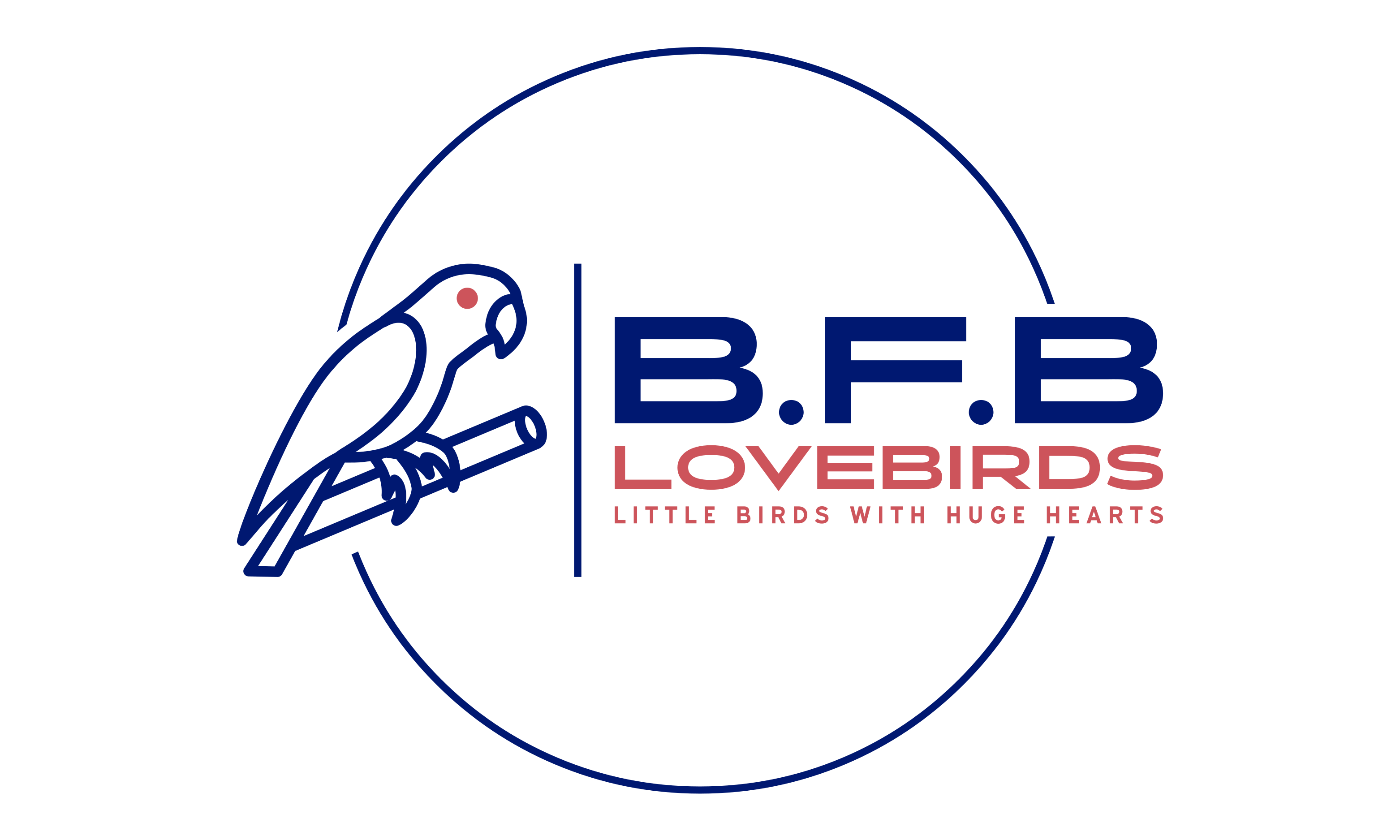
Veg for Lovebirds
Lovebirds can eat a variety of vegetables as part of their diet. Some safe options include:
-
Leafy greens: spinach, kale, lettuce, collard greens, and Swiss chard.
-
Carrots: finely grated or chopped.
-
Broccoli: chopped into small pieces.
-
Peas: fresh or frozen, without any added salt or seasoning.
-
Squash: cooked and mashed or grated.
-
Sweet potato: cooked and mashed.
-
Bell peppers: sliced into small pieces.
It’s important to remember that lovebirds should also have access to a high-quality bird seed mix and fresh, clean water at all times. Additionally, it’s a good idea to introduce new foods gradually and monitor your lovebird’s behavior and droppings to ensure they are tolerating the new food well. Consult with an avian veterinarian if you have any concerns about your lovebird’s diet or health.





